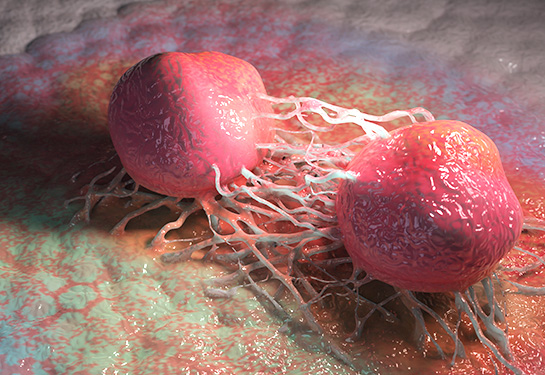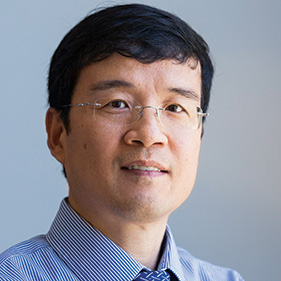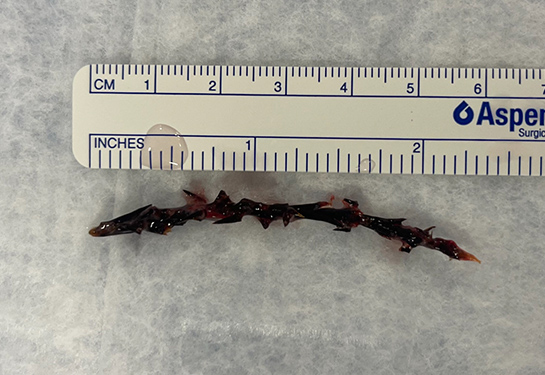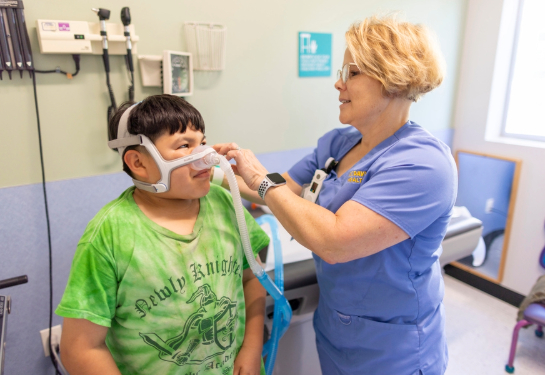New compound shows promise against treatment-resistant prostate cancers
LX-1 molecule is the first to simultaneously target two common prostate cancer resistance mechanisms
Men with prostate cancer are often treated with anti-androgen therapies. Controlling androgens – sex hormones, like testosterone, that feed tumors – can help stop tumor growth. However, cancer cells often mutate, allowing tumors to escape mainline and even secondary treatments.
But now, UC Davis Health researchers have developed a new compound that could offer alternatives for patients with treatment-resistant tumors. The molecule is called LX-1. It simultaneously targets androgen receptor (AR) variants and the enzyme AKR1C3, which are both known to drive resistance.
“Prostate tumors can develop multiple resistance mechanisms that allow them to live without external androgen, negating efforts to treat them,” said Director of Urologic Research Allen Gao, who is also the Ralph de Vere White Professor. “Once resistance develops, patients have few therapeutic choices, and their survival rate is quite poor.”
Normally, androgen receptors need androgen to be activated. But these AR variants are active all the time, driving tumor growth even without androgen stimulation.
Prostate tumors have other tricks to evade treatment. In the face of androgen deprivation, they can even make their own androgen, creating a closed circuit that defies intervention. Tumors often hijack AKR1C3 to make androgens.
The Gao lab has been working with medicinal chemists to develop several small molecules that inhibit AR variants and AKR1C3, targeting both resistance mechanisms at once. LX-1 has been the most effective compound to date.
“As far as we know, there are no other compounds that can simultaneously inhibit the AR variants and AKR1C3,” Gao said. “When we tested it in the laboratory, we found it has strong activity against both targets.”
Our goal is to develop these small molecules into an oral medication that can effectively treat people with advanced prostate cancer.” —Allen Gao, director of urologic research
LX-1 molecule to boost anti-androgen prostate cancer therapies
Recently, the team tested LX-1 in prostate cancer cell lines that resist a variety of anti-androgen therapies, including enzalutamide, apalutamide, darolutamide and abiraterone. They also tested the compound in human tumor xenografts in animal models. The team presented their findings at the American Urological Association’s annual meeting.
They found that LX-1 showed impressive activity against AR variants and AKR1C3, inhibiting tumor cell growth in both cell and animal models. While LX-1 can be used as a single agent, it could also be given with anti-androgen therapies to make those treatments more effective.
“We found that co-treating resistant cell lines with LX-1 and anti-androgens improved the responses,” Gao said. “LX-1 reduced testosterone production in cells with high AKR1C3 levels. Most importantly, LX-1 reduced tumor growth.”
The team will continue to refine LX-1 and other compounds. They hope to eventually translate this work into new medicines that could help patients with resistant tumors.
“Our goal is to develop these small molecules into an oral medication that can effectively treat people with advanced prostate cancer,” Gao said. “We feel targeting both AR variants and AKR1C3 could improve survival.”





